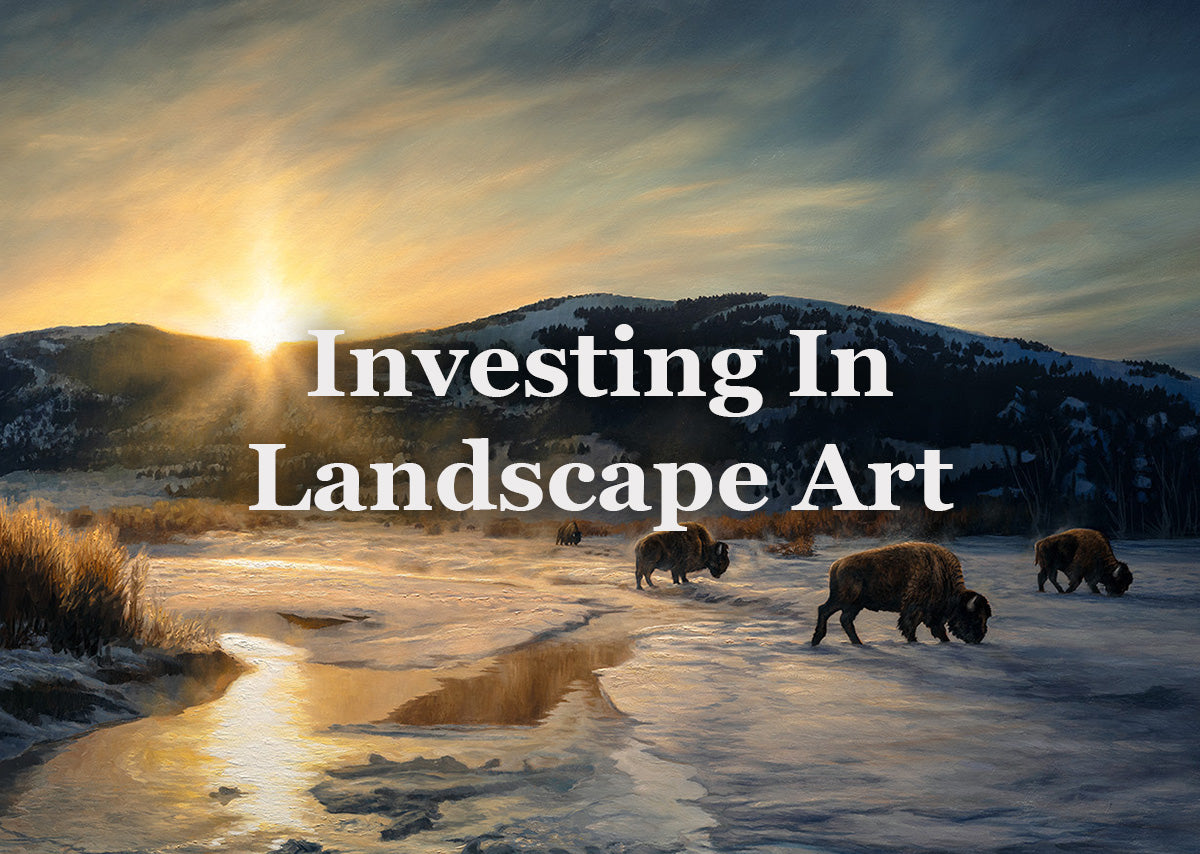This blog is supported through the affiliate links below
How to Oil Paint Realistically - Tips For Fine Detail and Wildlife Art
Painting realistic wildlife, particularly birds, has always been a real challenge for me. I used to spend weeks and even months on a painting just trying to get the feathered details right or the fur details right. I would use layer after layer to try and achieve the effects that I was after. However lately I've been working on a wet on wet technique that has really opened a lot of doors and has made my painting process a lot more stress-free and a lot more efficient.

Note: This blog contains affiliate links and purchasing through them supports our site at no extra cost to you.
In this blog, I'm going to review this process as I take you through this newest painting of mine. This is a pintail duck that I'm painting with oils and using Liquin as my medium, on a canvas panel that I toned as well as sketched out my duck using graphite and then I sealed that graphite with a Fixatif spray.

The first thing that I did was paint the background with some ultramarine blue, burnt sienna, and a bit of white to lighten up the lower portion.

I used a fan blender brush to smooth out the whole area. I'll sometimes use several dry fan brushes to switch between to keep the blending clean.

Then in the areas where I overlapped my drawing of the duck, I used a sponge stick that's called a style stick which has now been discontinued.

Fortunately, a makeup sponge would honestly work just as well to sort of erase some of those areas where I covered up my drawing. With the background still wet I mix a dark color and begin filling in some of the shadows and dark portions of the duck.

I started with the bill using a dagger striper brush and then slowly worked my way into the head and down to the body eventually. This technique of painting wet on wet to achieve what I feel is a better result as well as a more efficient process really just comes down to two things: my mindset and the viscosity of the paint or the consistency of the paint.

I think when it came to the mindset that I had about painting I was sort of putting pre-established limitations on myself and my abilities. I'd always just assumed that I had to layer paint a lot of times in many layers in order to achieve a certain effect, especially with realism. I never really gave it an honest effort to try and paint everything in one layer, or wet in wet paint.
I didn't really think that it was quite possible to get something to the point where I was really happy with it without having to use layers. I feel like I wasn't really giving myself the opportunity to try or the chance to prove myself wrong. So when I begin this whole process of trying to find a new way to paint this, and all in one layer, I ran into of course a lot of difficulties and that really forced me to challenge myself and to try new techniques. I experimented a whole lot and that brings me to the second major thing which was the consistency of the paint.

I began to realize that the reason why when I painted wet in wet that my painting was not turning out right was either because things became muddy or things would just build up in a way that I didn't want them to appear. There's a number of things that can really go wrong when you're trying to mix all these paints together in one.

I began to discover that if I made the paint a lot thicker and used less medium that I could layer the paints onto each other rather than have them totally blend into one another. It allowed me to start to separate colors as I added them to the canvas and so that got me thinking about trying different types of mediums as well as ones that have a different amount of viscosity to them. I tried both traditional mediums that I would normally use like Liquin and then also mediums that were thicker like Liquin Impasto and that began the process of me discovering that there were different ways to do this.
To sum it up in short, I basically just use very little medium and apply a thicker roll of paint to the canvas first. For example, if I'm painting something super detailed like the chest the side of this duck where there's all kinds of striping and patterning going on, I'll start with the most common color in the body.

So a light gray with a touch of warmth to it and that's a thick wet layer of paint and then I'll add a little medium to some of the dark stripes and some of the light stripes go back over the top. That thick paint underneath doesn't actually blend as much as if I use a lot of Liquin to begin with in that first initial base coat.
I also found that Liquid Impasto can really help you layer wet paint over wet paint as well because of the fact that it's a thicker medium. It just doesn't want to fluidly blend in anything that you're applying it to. So, what I do is try to use a very small amount of Liquin Original to see if that will give me the ability to paint over the top of wet paint. If that doesn't work, I'll add a little bit of Liquid Impasto and that can really help me achieve those effects.

Then as long as I have a good accurate drawing on the canvas sort of laid out for me, I found that if I had the discipline to see it through that I was capable of doing it. So, in short I think what I'm trying to say is I just got a lot more disciplined and I just made up in my mind that I was going to work a lot harder to achieve the effects I was after while working wet in wet.

This process that I've developed for myself it seems like it's taken eternity to figure out and I know that it might not be helpful for all, but I think it's a good reminder to keep striving to try new methods and new techniques.
Keep striving to challenge yourself and be willing to push through the constant frustration of painting. Believe me, I've been frustrated more often than not. There's very few joyous moments when I'm actually manipulating the paint on canvas, it's usually quite stressful. I feel pressured a lot of times doing it, but I love producing what I produce and so that pushes me and drives me to see it through and achieve something that I'm really satisfied and really happy with.

This painting was done over the course of about three days and towards the end once it did dry and once I was fully finished with the piece I went back over the top to add one layer of dry over wet to add some glazes.

I wanted to recolor a couple things: its head needed a little bit more orange, some of the highlights needed to be brightened up, and some of the darks needed to be darkened. I also wanted to add a little bit of grass to sort of put you there into the scene along with the duck.

Watch the full process and hear the story:
Grow Your Painting Skills and Resources
Instant access to 1000s of royalty-free reference photos of landscapes and wildlife as well as step by step oil painting videos. Checkout My Memberships for more info.

I'm Chuck Black, landscape and wildlife artist based in Southwest Montana.





